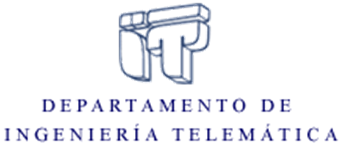In education, learning analytics (LA) is a very useful tool to better understand what is happening in the course and to anticipate possible problems that may occur. In this context, a lot of work has been done on modeling student learning and behaviors, and on predictive models, mainly focused on dropout.
However, the study of these models has a long history and has several limitations that need to be analyzed: 1) lack of analysis with unstructured data or data from new learning environments, for example those that have recently emerged after the inclusion of generative AI in teaching, 2) lack of analysis regarding the generalization of the models in different educational environments and the possible biases of the models, and 3) lack of feedback to students and teachers from the models, since these have been analyzed mainly as a post hoc approach.
With this in mind, the starting hypothesis of this project is that it is possible to improve LA models based on 1) new variables and analysis of new behaviors, 2) inclusion of aspects generally not considered such as generalization or biases, 3) and integration of the models with feedback systems, to make learning more personalized.
For these models, artificial intelligence techniques will be used, both Machine Learning or Deep Learning and generative artificial intelligence. The latter can be both a source of new variables (e.g., student interaction with AI), as well as a tool for data analysis (e.g., unstructured) or as an aid for feedback generation.
Thus, the main objective of this project is to characterize and try to improve LA learner models and improve the feedback provided using AI tools. To this end, a Design Science Research Methodology (DSRM) will be used, and the project will propose: 1) a research and technological framework that addresses the development of new LA models, 2) LA solutions that address the above problems, and 3) pilot experiences to evaluate the proposed solutions.
It is expected that the results of the project can contribute to improve learning, have a positive impact on both teachers and students, and contribute both to different scientific communities on educational technologies and to the Sustainable Development Goals related to quality education and state plans on education improvement.




 versión española
versión española